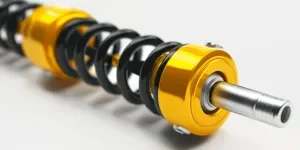When it comes to vehicle maintenance and enhancement, understanding the pivotal components is crucial. Among these, Monos stands out as a cornerstone in the automotive world. This article will explore what Monos are, their function, and how to select, replace, and afford them, ensuring your vehicle remains in peak condition.
Table of Contents:
– What is Monos?
– What does Monos do?
– How to choose Monos
– How long do Monos last?
– How to replace Monos
– How much are Monos?
What is Monos?
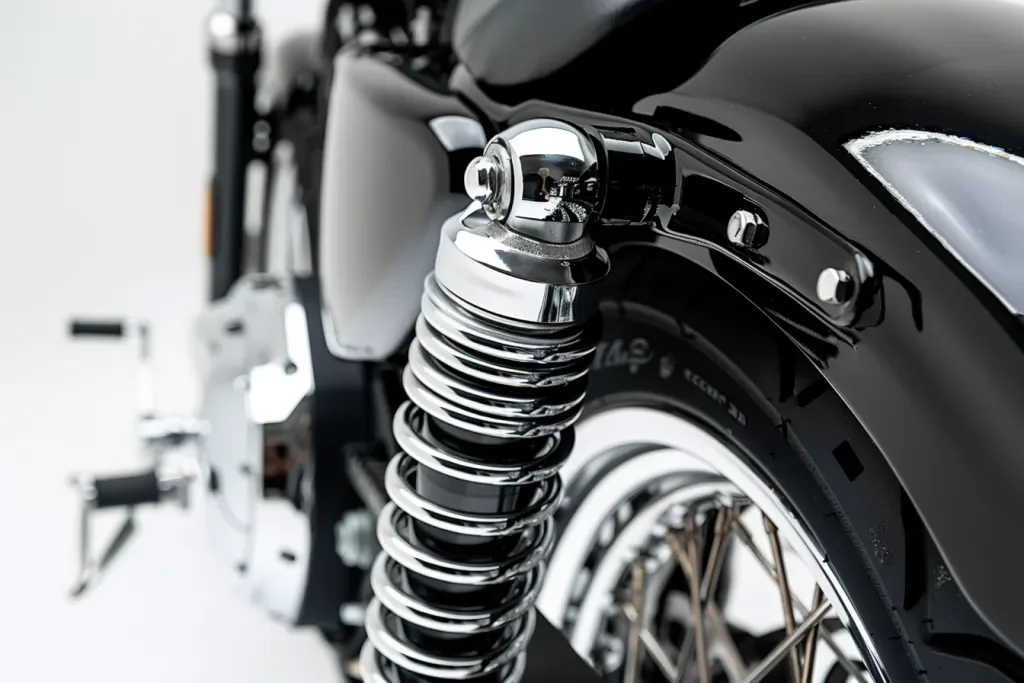
Monos, in the context of vehicle parts and accessories, might initially seem like a cryptic term. However, it is simply a shorthand or colloquial term used within specific circles to refer to mono-shock absorbers or monolithic components used in the automotive industry. These parts are integral to the vehicle’s suspension system, providing the necessary support and stability for smooth operation. Understanding the role and function of Monos can significantly enhance one’s knowledge of vehicle mechanics and maintenance.
What does Monos do?
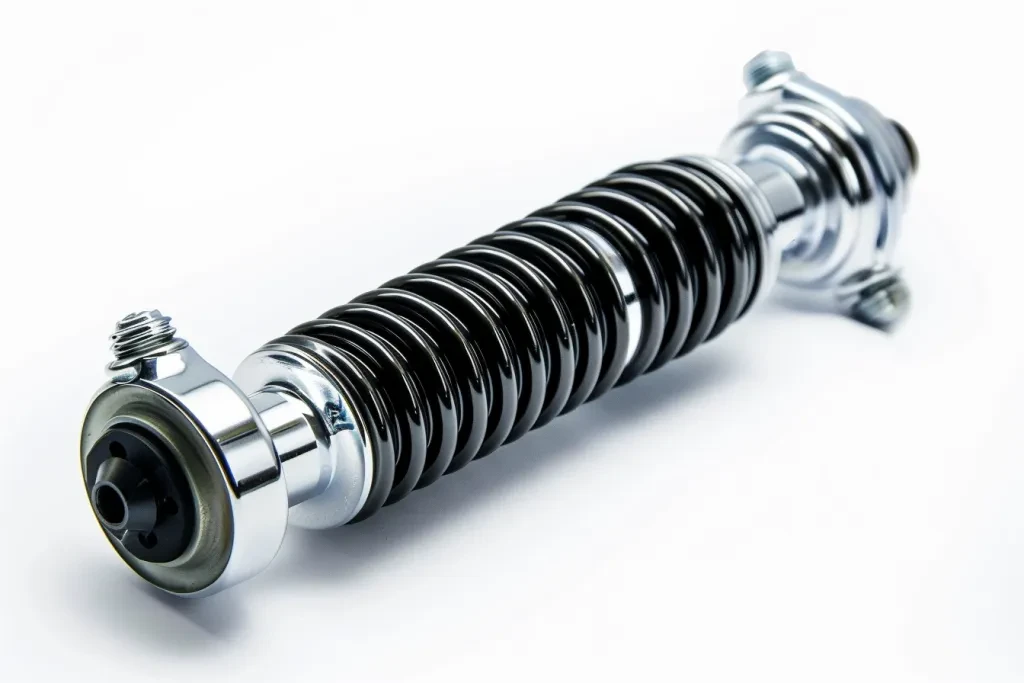
Monos play a pivotal role in maintaining vehicle stability and comfort. Specifically, mono-shock absorbers are designed to dampen the shock and vibrations caused by uneven road surfaces, ensuring a smoother ride. They achieve this by converting the kinetic energy from the suspension movement into thermal energy, which is then dissipated through hydraulic fluid. Monolithic components, on the other hand, refer to single-piece parts that offer superior strength and durability compared to assembled counterparts. These components are crucial in areas of the vehicle that demand high structural integrity.
How to choose Monos?
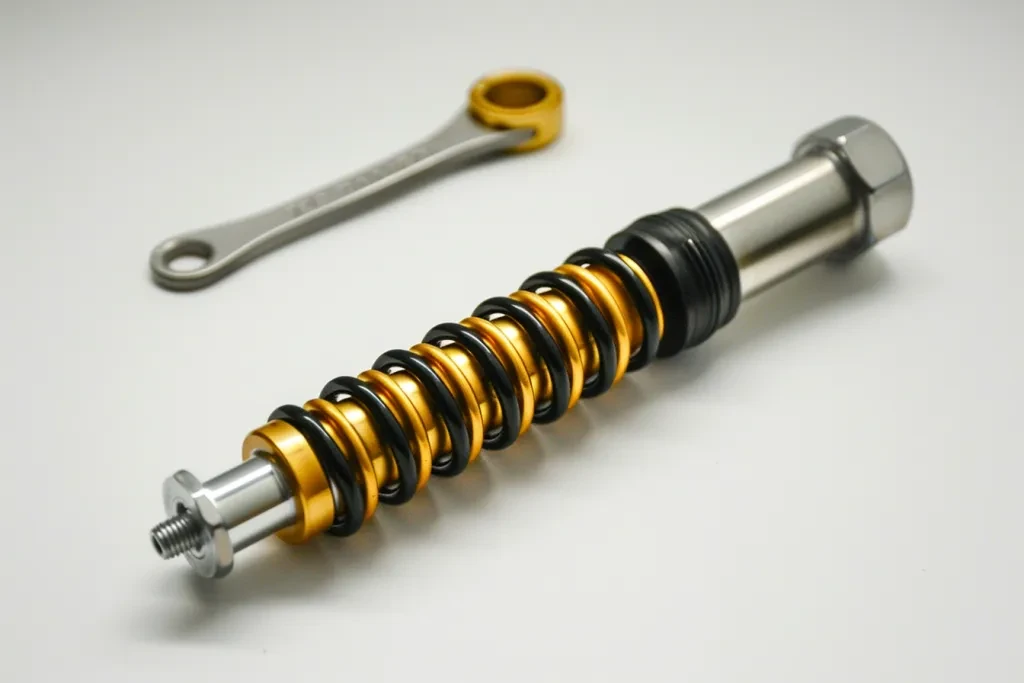
Selecting the right Monos for your vehicle is a critical decision that can affect its performance and safety. The choice depends on several factors, including the make and model of your vehicle, driving conditions, and personal preferences. For mono-shock absorbers, consider the type of terrain you frequently encounter and your desired level of ride comfort. For monolithic components, assess the specific part’s role in your vehicle and opt for materials that offer the best combination of strength, durability, and weight. Consulting with a professional mechanic or automotive expert can provide valuable insights tailored to your specific needs.
How long do Monos last?
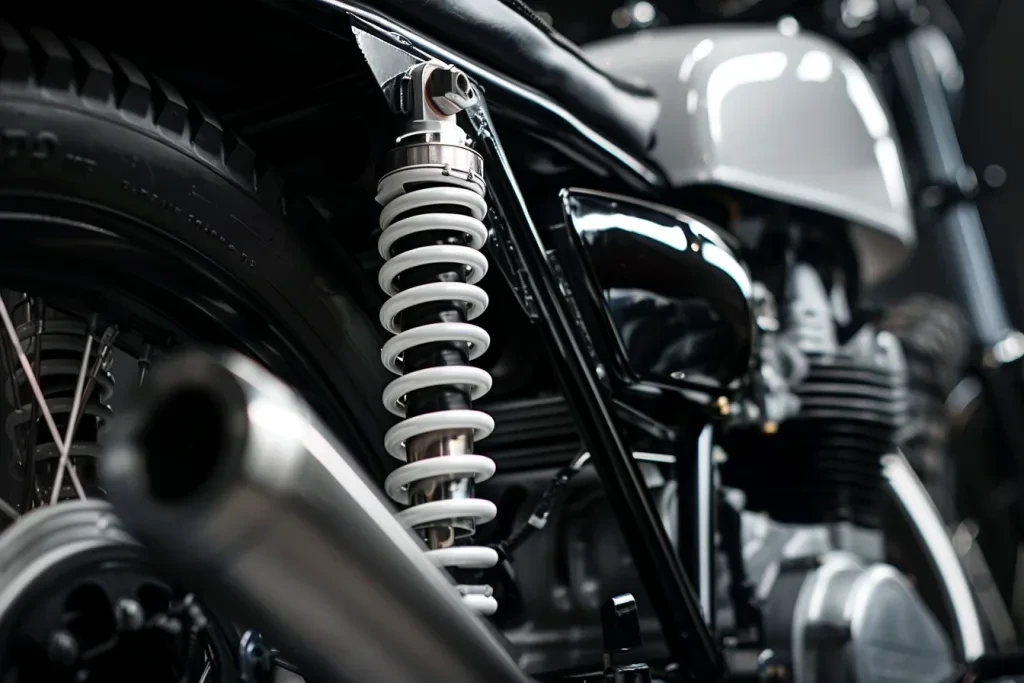
The lifespan of Monos varies depending on the type of component, usage conditions, and maintenance practices. Mono-shock absorbers, for instance, can last anywhere from 50,000 to 100,000 miles under normal driving conditions. However, exposure to harsh environments, heavy loads, or aggressive driving can significantly reduce their lifespan. Monolithic components, being more robust, generally have a longer service life, but they are not immune to wear and tear. Regular inspections and maintenance are key to extending the life of these components.
How to replace Monos?

Replacing Monos requires a certain level of mechanical expertise and the right tools. For mono-shock absorbers, the process involves lifting the vehicle, removing the wheel, and detaching the old shock absorber from its mounting points. The new shock absorber is then installed in reverse order. When dealing with monolithic components, the procedure can be more complex due to their integration into the vehicle’s structure. It is often advisable to seek professional assistance for such replacements to ensure proper installation and alignment.
How much are Monos?
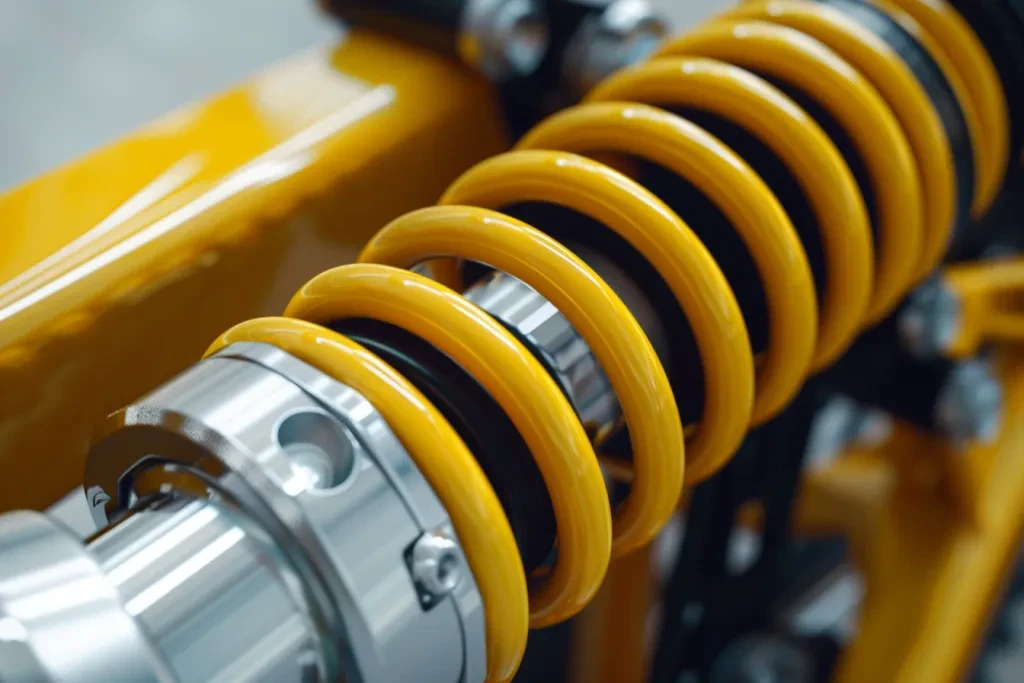
The cost of Monos varies widely based on the type of component, material quality, and brand. Mono-shock absorbers can range from $50 to $400 each, depending on their specifications and intended use. Monolithic components, given their diverse nature, can have a broader price range. Factors such as material composition, manufacturing process, and part complexity play significant roles in determining cost. While higher-priced options often offer better performance and longevity, it is crucial to balance quality with budget considerations.
Conclusion:
Monos, whether referring to mono-shock absorbers or monolithic vehicle components, are essential for the optimal performance and safety of your vehicle. Understanding their function, how to choose the right ones, their lifespan, replacement process, and cost can empower vehicle owners to make informed decisions. Regular maintenance and timely replacement of these components are crucial steps in ensuring your vehicle remains reliable and enjoyable to drive.
